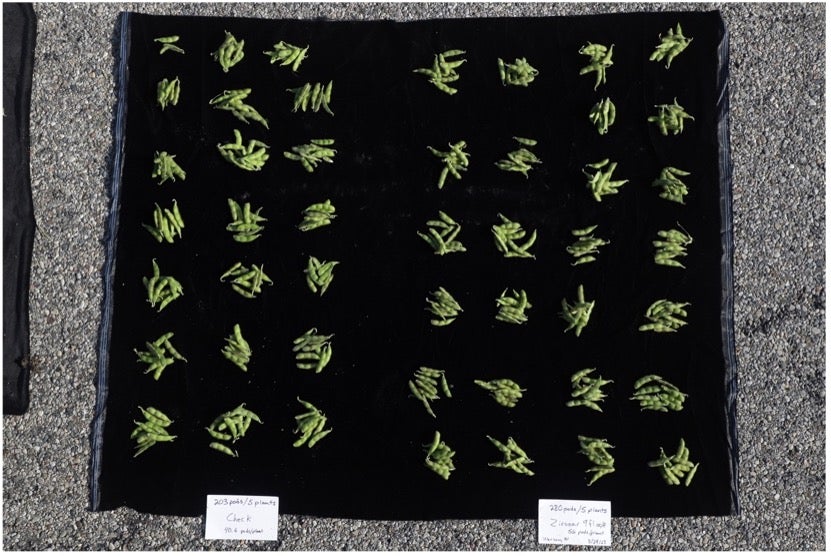Biologicals aren’t new to agriculture, but new ways to use them alongside conventional tools are expanding in row crops.
Derived from naturally occurring sources, biologicals have unique plant protection qualities that complement traditional control methods. Biologicals do not eliminate the need for conventional crop protection products in row crops. Instead, they should be viewed as additional tools for the crop management toolkit that can help preserve the efficacy of conventional solutions.
Complementing traditional crop protection
Biologicals are most impactful when used to complement other technologies.
“Instead of simply replacing conventional crop protection products, biologicals change the way we use them, at least for the near future,” explains Mathew Pye, FMC biologicals expert. “It’s more of an integrated approach and understanding how biologicals can leverage other inputs. Growers can use biologicals to complement the products they already trust, enhancing the protection they offer.”
“While biologicals are often highly specific to particular pests or disease, they generally have a suppressive effect on pathogens versus the high level of control growers may expect from synthetic products,” Pye says. “When combined with synthetic products, biologicals can help provide enhanced control and added physiological benefits that would otherwise not be achieved with synthetic products alone.”
Integrating biologicals on the farm
Pye points to an on-farm grower trial in Indiana to showcase how integrating biologicals in pest management programs helps push control and results. This trial applied Zironar® biofungicide/bionematicide on a soybean field.
“This particular grower had a history of soybean cyst nematode that was holding back their yield potential,” Pye states. “To try and address this issue, they took a multipronged approach. The first year, they switched to a new source of soybean cyst nematode genetic resistance and saw a boost of 5 bushels, but they still wanted to improve their yields further.
In 2023, the grower added Zironar biofungicide/bionematicide in combination with the new Peking variety in alternating planter passes across the field. They were left with a field that had a ‘wave like’ appearance.”
According to Pye, you could easily pick out where in the field that had not received a Zironar biofungicide/bionematicide application.
Zironar biofungicide/bionematicide field trial
This 2023 soybean demonstration in Warsaw, Indiana consisted of alternating planter passes with Zironar biofungicide/bionematicide applications at 9 fl. oz./A alongside untreated check rows. The Zironar biofungicide/bionematicide treated rows exhibited a taller, fuller canopy compared to the untreated check.


Combatting resistance
Biologicals can also help mitigate resistance. The reason: The active ingredients provide multiple different modes of action.
“If growers have a specific issue on their farm, like nematodes they’ve been dealing with for years, they may consider rotating a biological with nematode suppression into their system to help add a new mode of action into the mix,” Pye states.
Considering compatibility
The success of biologicals is largely dependent upon being compatible with other chemical inputs. Not all biological products can be mixed with fertilizers or synthetic crop protection products. Some chemicals may be incompatible and inhibit biological productivity.
“Oftentimes, biologicals are tank mixed with other products and applied in the same pass across the field,” Pye explains. “Growers must make sure the biological product they select is compatible with those other inputs going in the tank, otherwise they won’t get the results they are expecting. This is why FMC has performed extensive compatibility testing with common conventional products such as fertilizers and insecticides.”
Together, biological and synthetic crop protection products can be used to complement each other to create a more holistic approach to crop protection. Learn more about implementing biologicals into your conventional crop protection plan by visiting the Zironar biofungicide/bionematicide product page.
Always read and follow all label directions, precautions and restrictions for use. Some products may not be registered for sale or use in all states. FMC, the FMC logo and Zironar are trademarks of FMC Corporation or an affiliate. ©2023 FMC Corporation. All rights reserved. 23-FMC-1420 10/23



